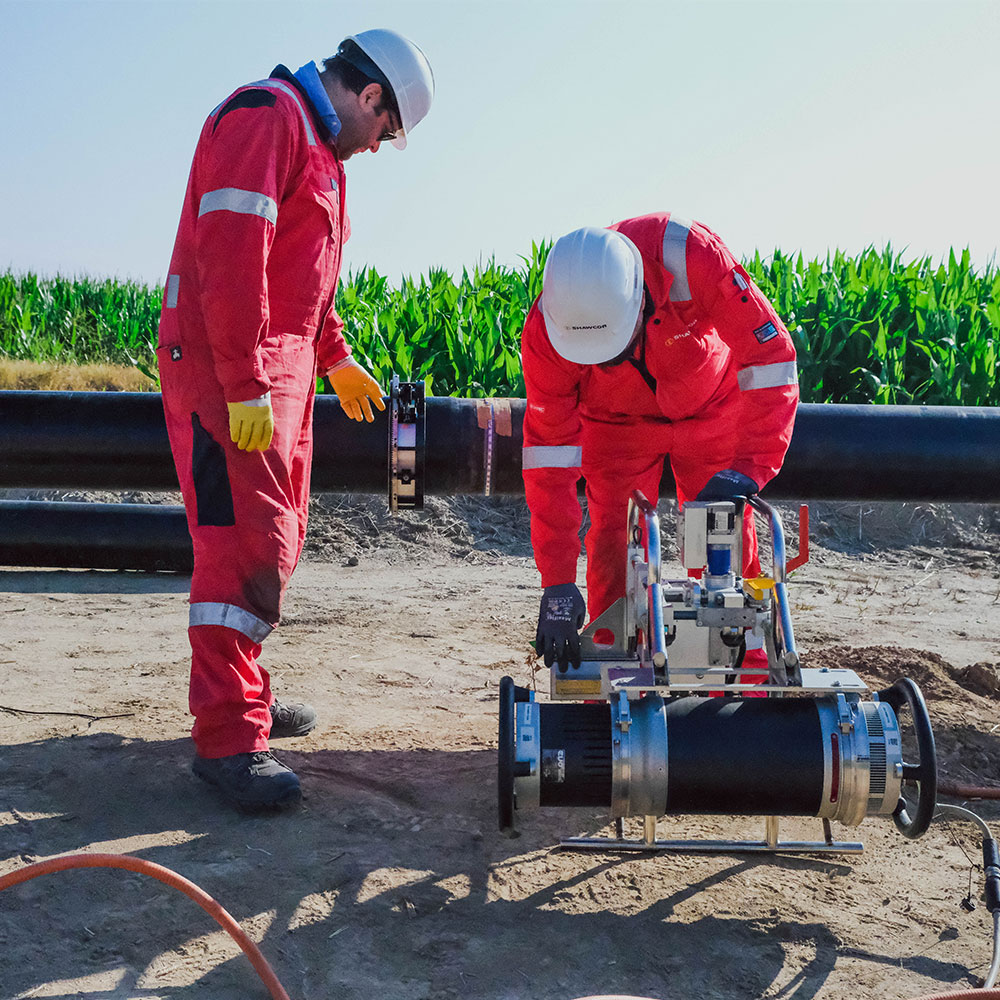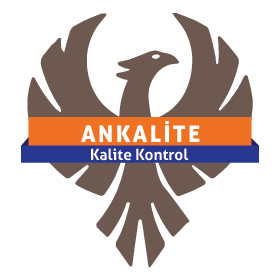Piping Systems Inspections
(API-570)
Piping systems (pipeline networks) are the very critical and vital for operations such as refineries, petrochemical plants, chemical facilities, petroleum filling stations, and similar enterprises. Through pipeline networks, crucial substances like fuel, raw materials, steam, water, final products, waste products, and more are transported for the operation. As vital conduits nourishing all parts, these systems hold critical importance for enterprises. As ANKALİTE, we are proud to have conducted inspections on extensive pipeline networks in numerous refineries, petrochemical plants, chemical facilities, storage tank farms, and various other businesses across our country.
API 570 and ASME B31.1 standards establish the inspection methods and assessment criteria for these equipments. In accordance with these standards, inspections are conducted using the methods outlined below.

Visual Testing:
In compliance with the “Regulation on Health and Safety Conditions in the Use of Work Equipment,” visual inspections are carried out by an authorized API 570 Pipeline Inspector, both externally and internally, on tanks, whether in operation or not. Any potential damages identified are then reported and assessed.
UT Thickness Measurements:
Thickness measurements are taken from critical areas identified during visual inspection of the pipeline. Subsequently, corrosion allowance, corrosion rate, remaining theoretical life, and other parameters are assessed according to API 570 standards .
Hydrostatic Test Inspections:
A pressure test is applied to the pipeline at the pressure and duration determined by the authorized API 570 inspector, and the inspection is conducted and approved by the inspector.
Weld Inspections (MT-PT-UT):
Detect potential cracks in pipeline weld seams, magnetic particle inspection or liquid penetrant inspection is conducted by Level 2 personnel according to standard procedures in the areas identified by the authorized API 570 inspector. In cases where there is suspicion of cracking at the root of the weld, ultrasonic inspection is employed for verification.
Determination of Coordinates with GPS System for Measurement Points:
Accurate positioning is essential for precise localization of identified defects, tracking corrosion rates, and obtaining results closest to reality. The measurement points are precisely located based on GPS coordinates. This allows for the calculation of the actual corrosion rate in subsequent inspections by measuring from the same points.
API Authorized Inspector Report:
In the Authorized API 570 Inspector’s Final Report, discrepancies in the pipeline, repairs needed, measures to reduce corrosion rates, and safety precautions for the workplace are specified based on the data from VT, UT, MT (or PT), and hydrostatic tests.
Based on the thickness measurement results taken from the pipeline, the calculations specified in the API 570 report include:
- Maximum Withstand Pressure
- Next inspection date
- Audit Activity
- Corrosion Speed
- Corrosion Margin
- Theoretical Life Calculation
- Maximum Allowable Operating Pressure (MAOP) for pipelines
- Maximum Hydrostatic Test Pressure for pipelines
- Maximum Hydrostatic Test Pressure for pressure vessels
- Classification of pipelines based on their risks
